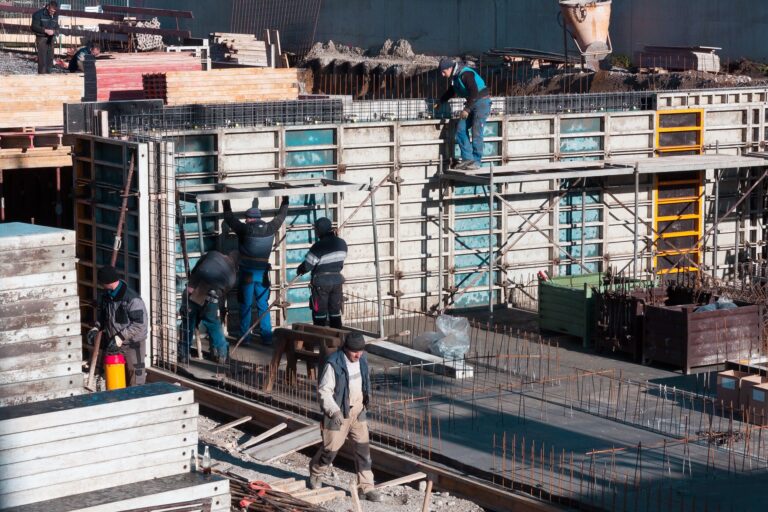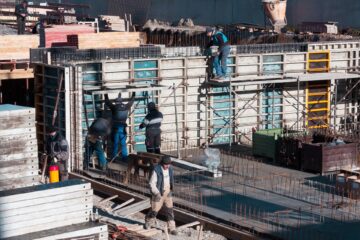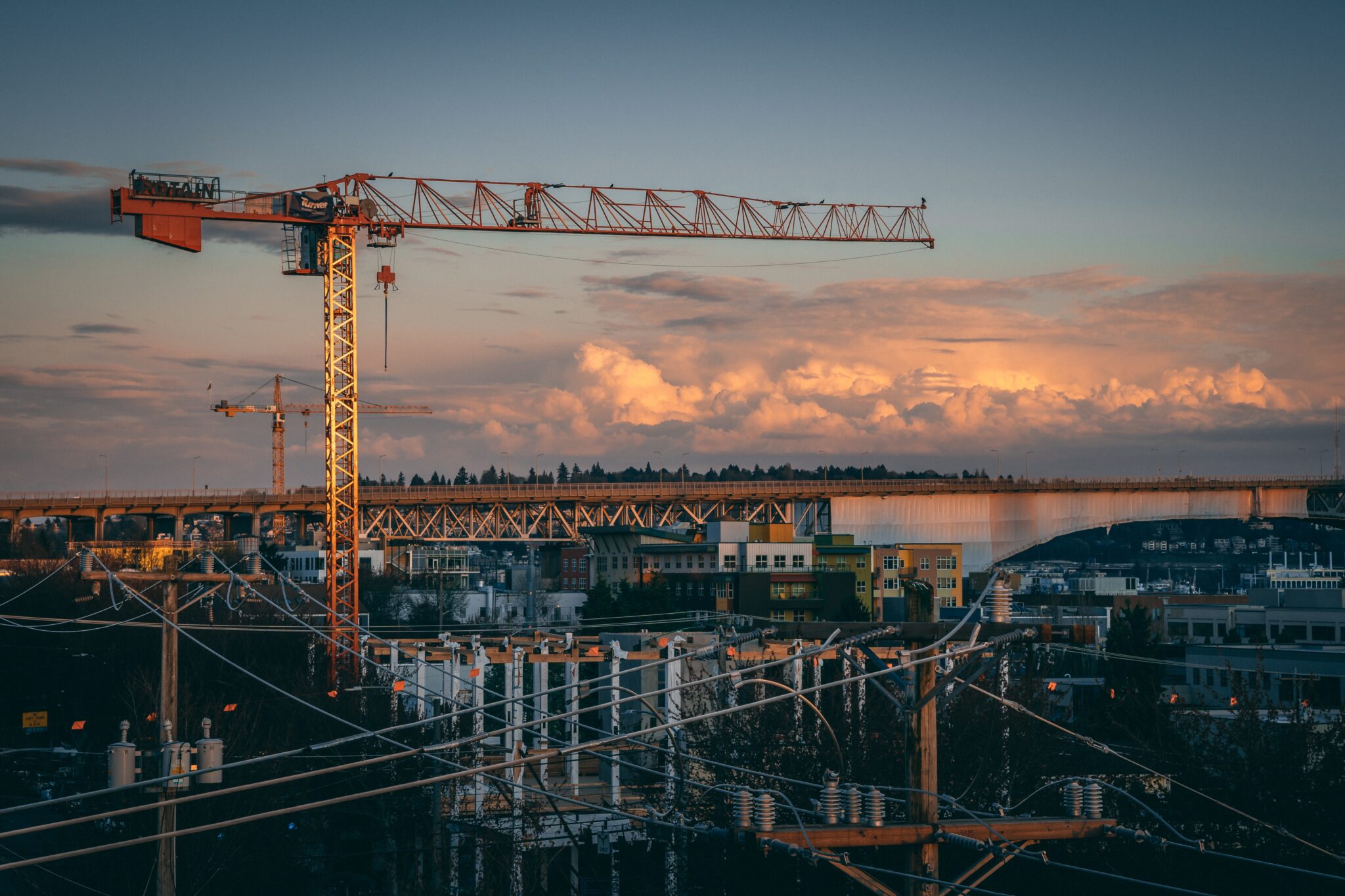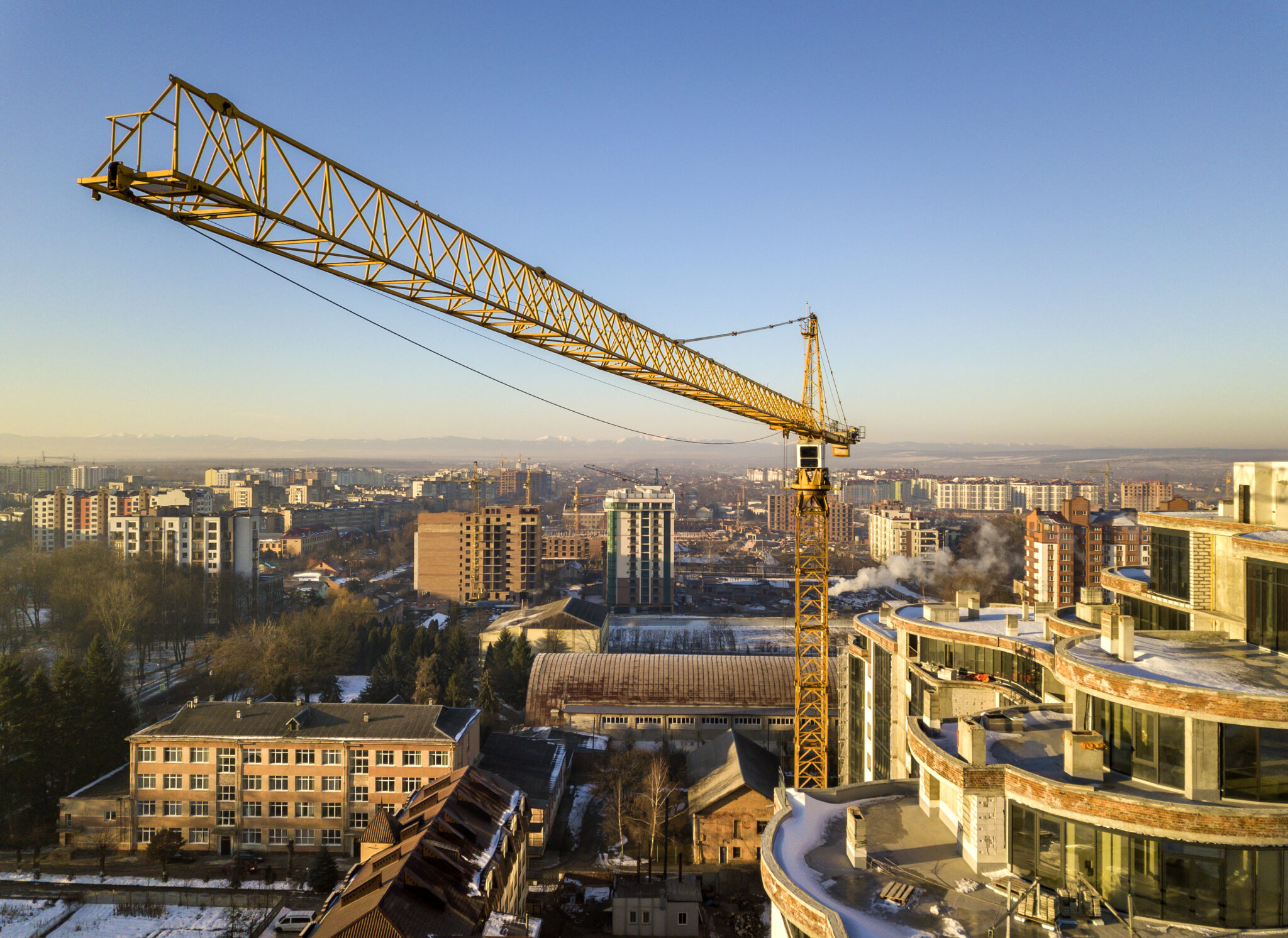For years, concrete structures have played a pivotal role in the expansion and development of cities around the world. From housing to office buildings, these structures are made durable and robust, and the techniques used for their construction are continuously improving. One of those techniques has been perfected over the years, becoming one of the staples in North American construction. In this new edition of our Back-to-Basics series, let’s embark on a quick journey to learn all about cast-in-place concrete, its origins, the procedures it requires, and its advantages.
Explore 12 Futuristic Technology Trends Solving Concrete's Biggest Challenges.
Make your concrete projects better with our concrete strength monitoring solutions!
What Is Cast-in-Place Concrete?
Cast-in-place concrete, also known as site-cast concrete or poured-in-place concrete, is the process of pouring concrete into a designated formwork or mold at the construction or job site. It usually requires ready-mix concrete, and it is commonly used for a varied array of structural elements. For example, walls, columns, beams, and slabs in building and infrastructure projects are among the structures that benefit from cast-in-place concrete.
The Origins of Cast-in-Place Concrete
As a popular construction technique, site-cast concrete has an interesting historical background that is worth reviewing. More than 100 years ago, American inventor, Thomas Edison, patented the first application of a single-pour cast-in-place concrete house. Back in the day, people in the United States and many parts of the world lived in buildings made from wood, stone, or brick. The technology for cast-in-place concrete already existed, but it was predominantly used for basement walls.
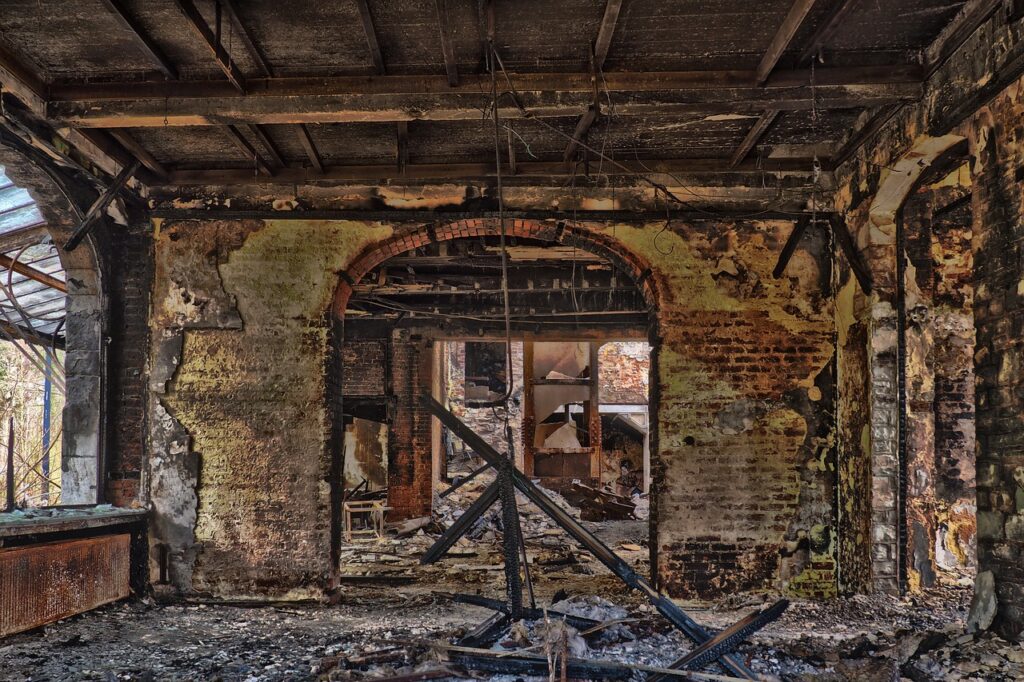
Therefore, structures above the ground were prone to rot, chip, and disintegrate very easily. Exposure to structural damage also affected sinks and kitchen countertops that, similarly to the rest of the buildings, could only be replaced at great cost. These conditions posed different problems for the population. There was a health concern for the unsanitary living conditions and a material concern for the availability of lumber and the need for affordable housing. Thomas Edison understood the importance of improving upon the advancement of cast-in-place concrete for its use beyond basement walls. Nowadays, this and other construction techniques have evolved and revolutionized the way we build.
What Does a Typical Cast-in-Place Concrete Process Look Like?
Here we show you a typical process when casting concrete on the job site. Keep in mind that all procedures are dependent on what are the technical requirements of the project and the scale and type of structure being built.
Formwork preparation:
Formwork is a temporary structure, often made of wood or metal, that is constructed to define the shape and size of the concrete element. The formwork holds the concrete in place during the curing stage until it gains sufficient strength.
Reinforcement placement:
Steel reinforcement, such as rebars or mesh, is positioned within the formwork to enhance the structural integrity and durability of the concrete element. The reinforcement is often an important part as it helps to withstand tensile forces and prevent cracking of the element.
Concrete placement or pouring:
Once the formwork and reinforcement are in place, cast-in-place concrete is poured into the formwork. Most contractors will work with a ready-mix producer that will deliver the concrete to the job site in trucks known as cement mixers. The producer will provide tailor-made concrete, following the requirements of the contractor.
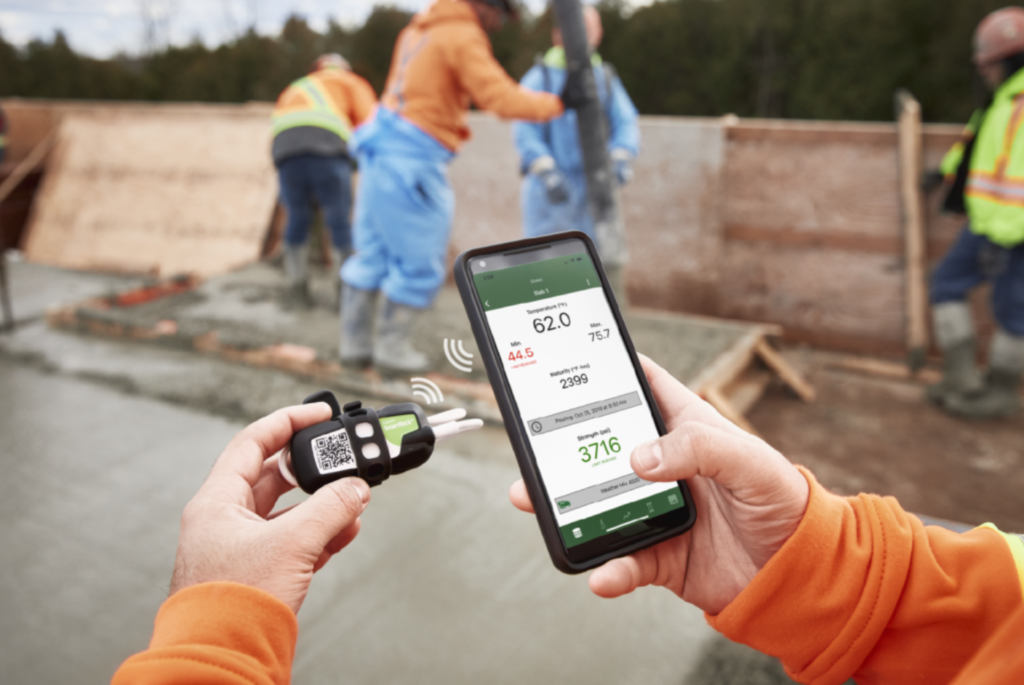
Curing and hardening:
The concrete needs time to gain strength and harden. It is essential to provide proper curing conditions, such as maintaining the correct temperature for optimal hydration. Cast-in-place concrete allows the use of sensors and monitoring systems to continuously check the progress of your concrete.
Formwork removal:
Once the concrete has achieved sufficient strength, the formwork must be carefully removed to reveal the finished element. This is the final stage when the concrete structure is ready to bear loads and fulfill its intended purpose.
Read more about concrete formwork removal and cycling benefits here.
The Advantages of Site-Cast Concrete
As we mentioned before, cast-in-place concrete is only one of many techniques. In comparison to others, pouring concrete on formwork on-site allows for the creation of strong and long-lasting structures. Since they are subjected to specific structural requirements and designs from the very beginning, the structures can withstand harsh weather conditions and heavy loads, all according to the conditions surrounding their construction. Other techniques, such as pre-cast concrete elements cannot provide structural continuity. They are shaped in factories that tightly monitor quality control and have to be transported to the construction site. Logistically, the transportation and installation of precast concrete is a very delicate process. It requires specialized vehicles like picker trucks and mobile cranes, which can incur extra costs of operation.
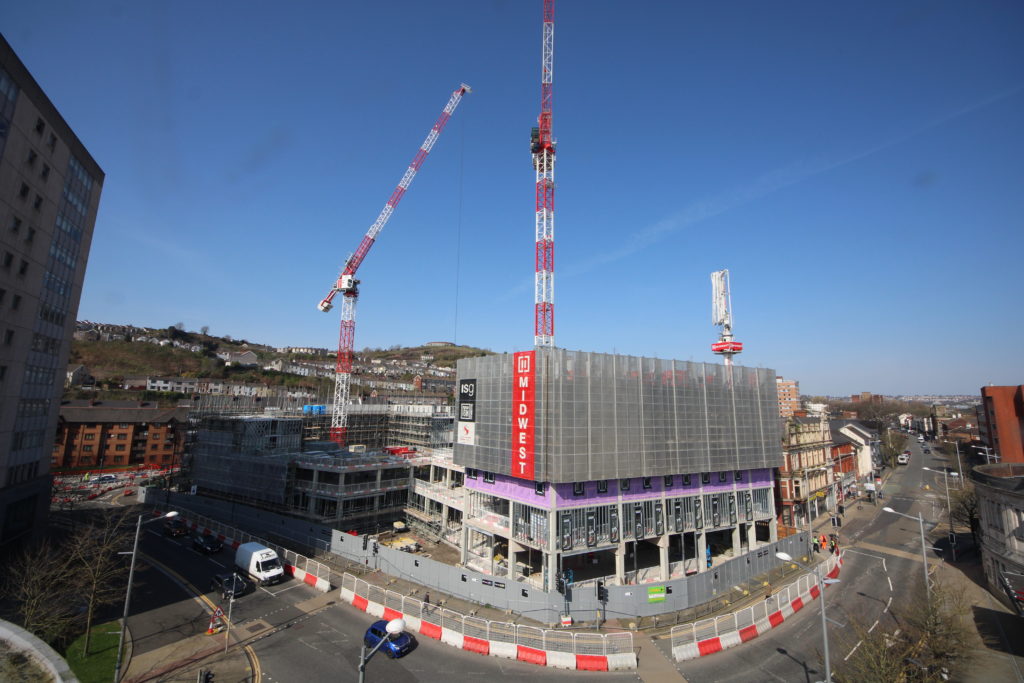
In conclusion, the origins and evolution of poured-in-place concrete is a great example of the concrete revolution in modern societies. Safety and quality are now some of the main requirements for the construction industry and it is clearly exemplified in the basic process for placing concrete on-site. Keep learning some of the basics of concrete in our ‘Back-to-Basics’ here.

